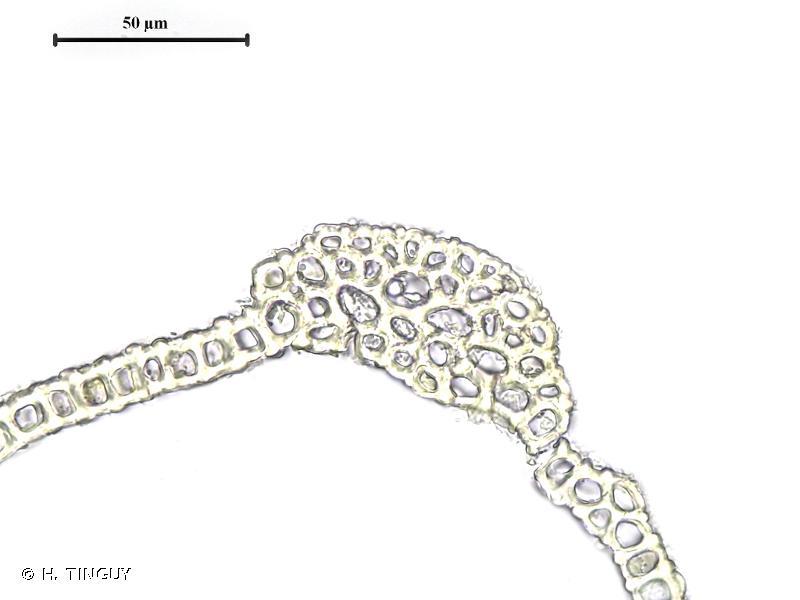
239288.jpg from: https://inpn.mnhn.fr/espece/cd_nom/1018857
Exploring the Fascinating World of Homomallium Moss
Introduction
Mosses are some of the most ancient and resilient plants on Earth. One particularly interesting moss is Homomallium (Schimp.) Loeske, also known simply as Homomallium. This small but mighty moss belongs to the Pylaisiaceae family and has some unique characteristics. In this post, we’ll take a closer look at Homomallium and discover what makes it so special.
Background on Mosses
Before diving into the specifics of Homomallium, let’s review some background on mosses in general. Mosses are non-vascular plants in the division Bryophyta. They lack true roots, stems, and leaves like other land plants. Instead, they have rhizoids that anchor them and absorb water and nutrients. Mosses reproduce via spores rather than seeds and are found in diverse habitats worldwide, from arctic tundra to tropical rainforests.
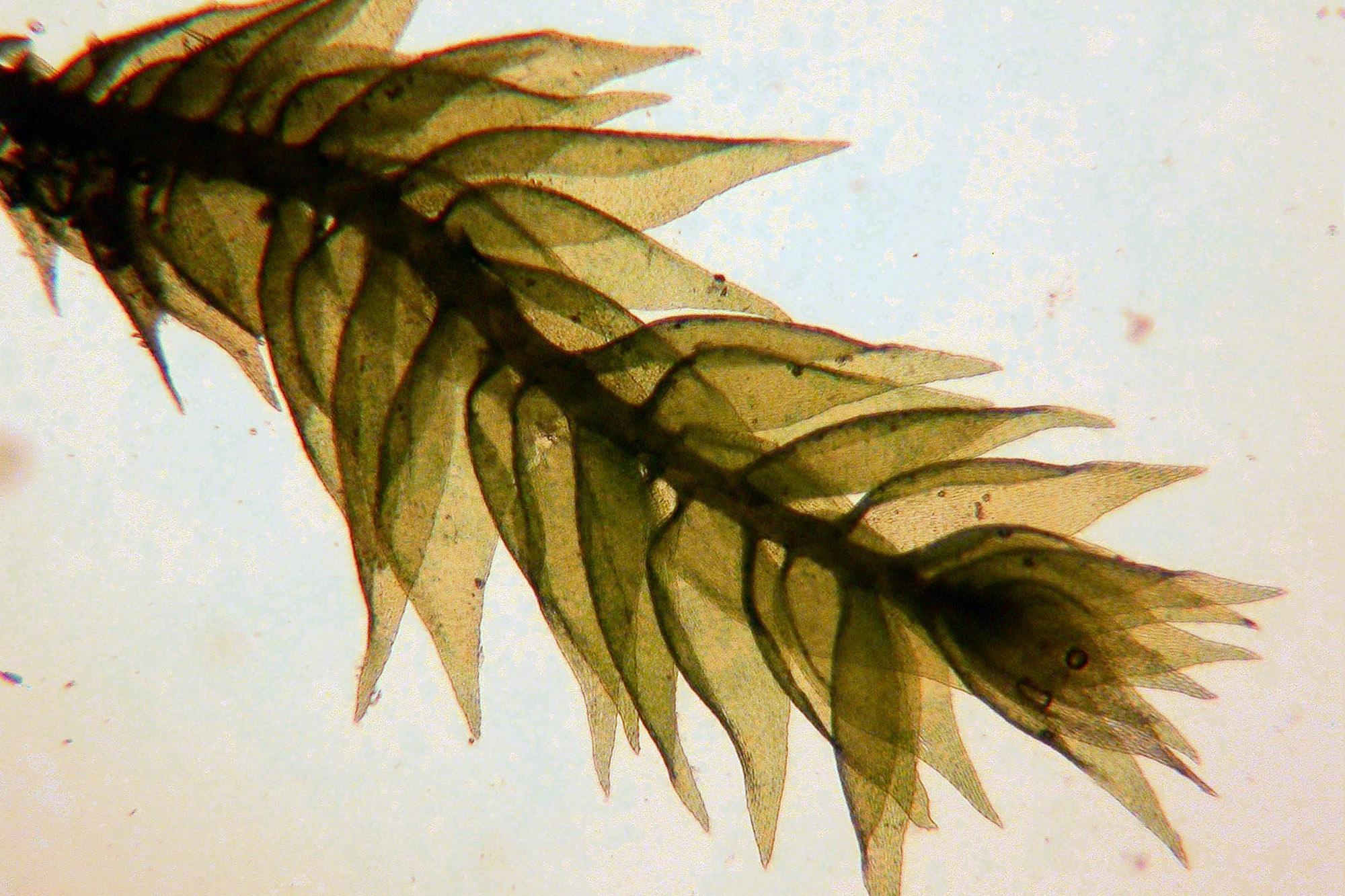
Homomalium-adnatum-8.jpg from: https://ohiomosslichen.org/moss-homomallium-adnatum/
Morphology and Identification
Homomallium is a relatively small, pleurocarpous moss, meaning it has a branching, mat-forming growth habit. Its stems are creeping to ascending and irregularly branched. The leaves are
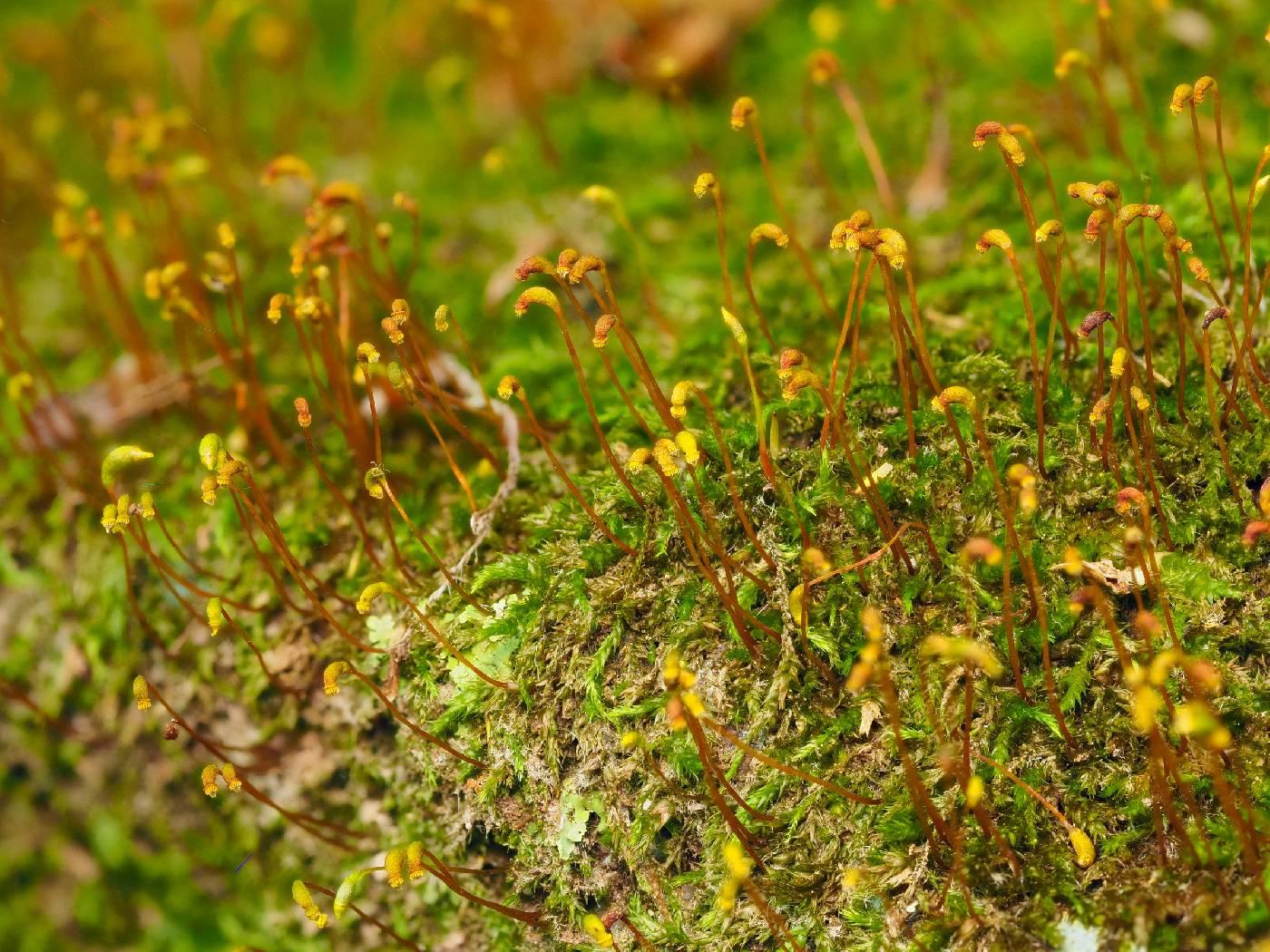
OS0149271-4_1625173465.jpg from: https://bryophyteportal.org/portal/taxa/index.php?taxauthid=1&taxon=159368&clid=95
ovate-lanceolate and typically less than 2 mm long. They have a short, double costa (midrib) and entire margins that are sometimes slightly denticulate near the apex.
One key identifying feature of Homomallium is its sporophyte morphology. The seta (stalk bearing the capsule) is smooth and elongate. The capsules are erect and cylindrical with a conical operculum. Peristome teeth are present and divided to the base.
Global Distribution and Habitat
Homomallium has a wide distribution, found in temperate and subtropical regions of the Northern Hemisphere. It commonly grows on tree bases, logs, rocks and soil in forests. In North America, it ranges from southern Canada to central Mexico. It’s also found in parts of Europe, Asia, and northern Africa.
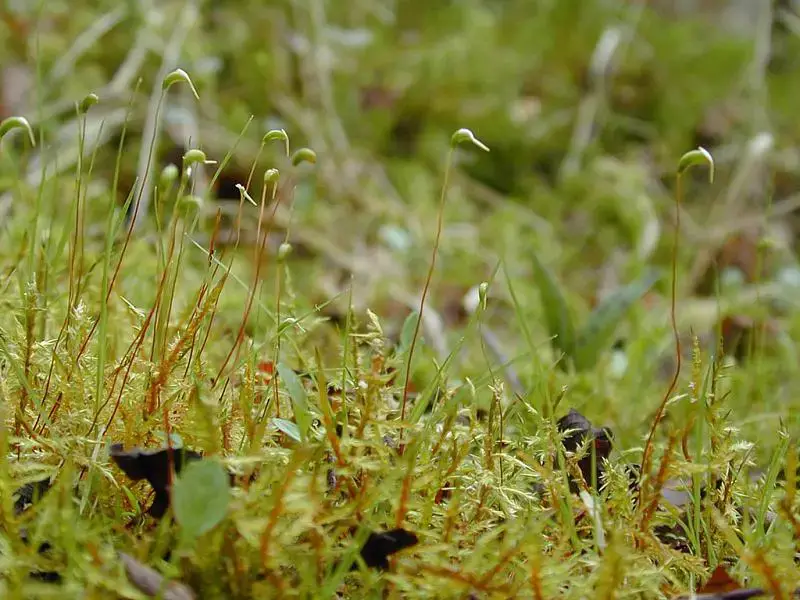
Calliergonella_cuspidata_Kapseln.jpg from: https://www.naturvielfalt.ch/en/organism/33110
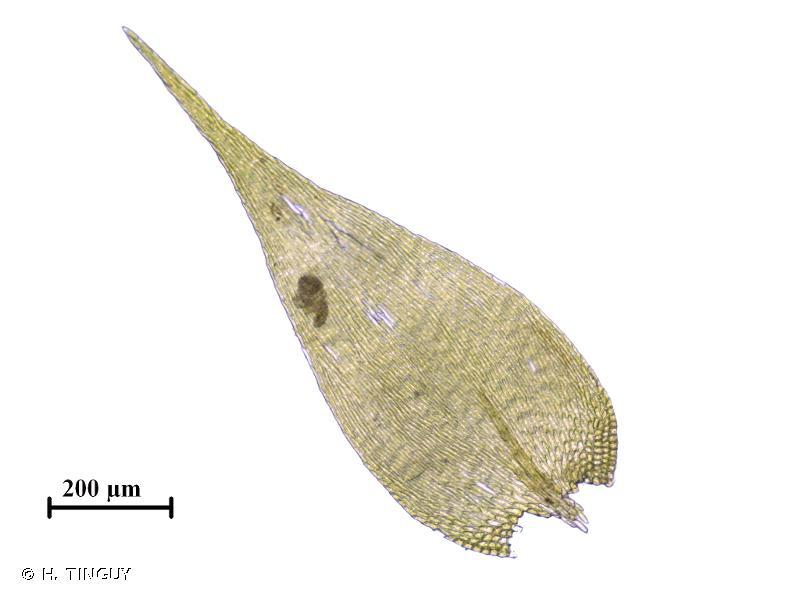
199791.jpg from: https://inpn.mnhn.fr/espece/cd_nom/6004
This moss is able to occupy a variety of substrates and tolerates moderate disturbance and desiccation. It often grows intermixed with other bryophytes and is a component of corticolous and lignicolous communities.
Ecological Roles and Adaptations
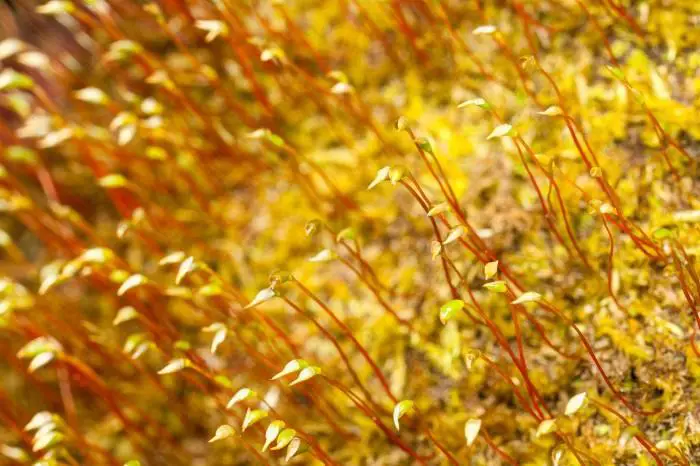
Homomallium-adnatum-2-700×466.jpg from: https://ohiomosslichen.org/homomallium-adnatum-2-2/
Like other mosses, Homomallium plays important ecological roles. It helps retain moisture, prevents soil erosion, provides habitat for micro-organisms, and is a food source for some invertebrates. Mosses are also significant in nutrient cycling and carbon sequestration.
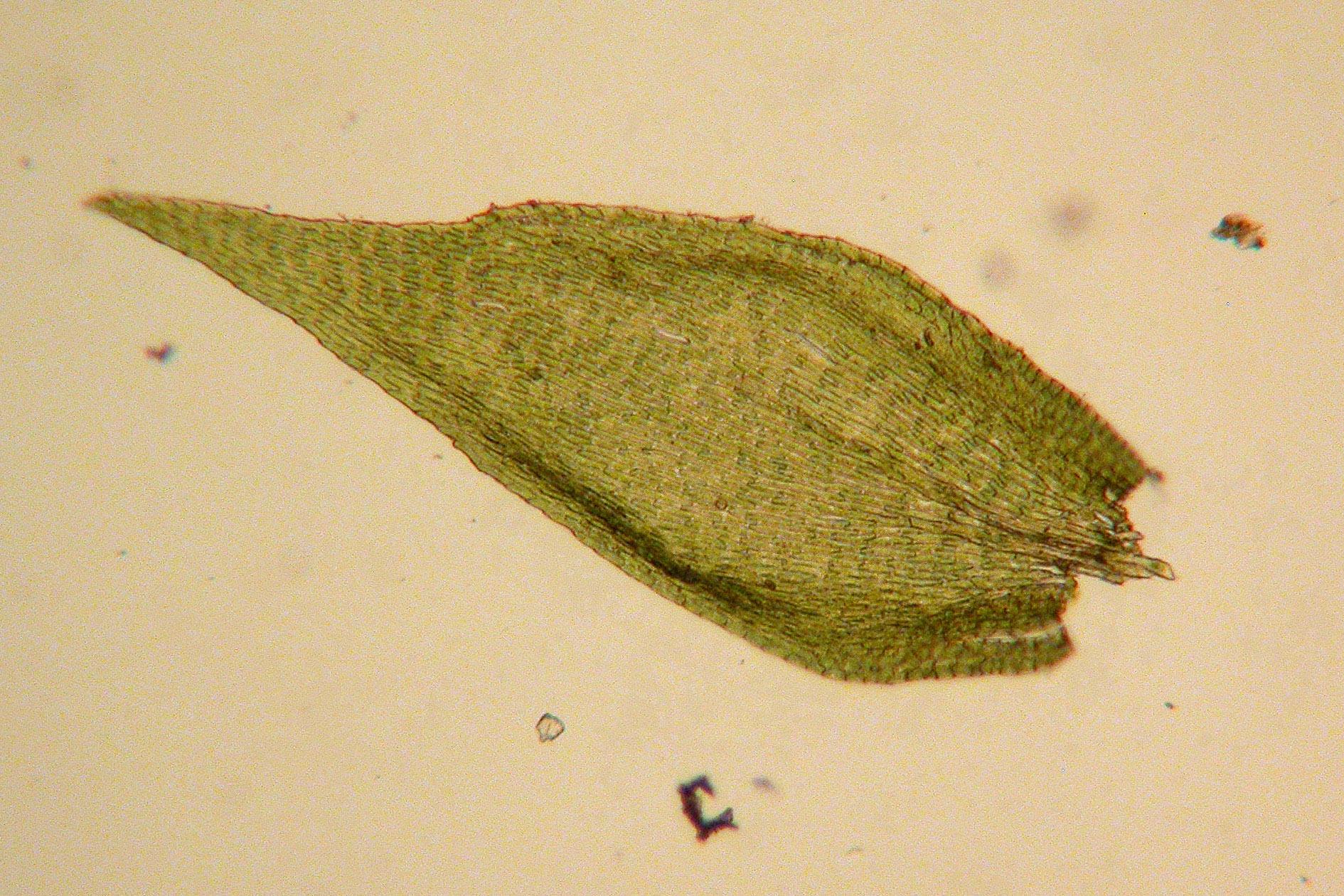
Homomallium-adnatum-7.jpg from: https://ohiomosslichen.org/homomallium-adnatum-6/
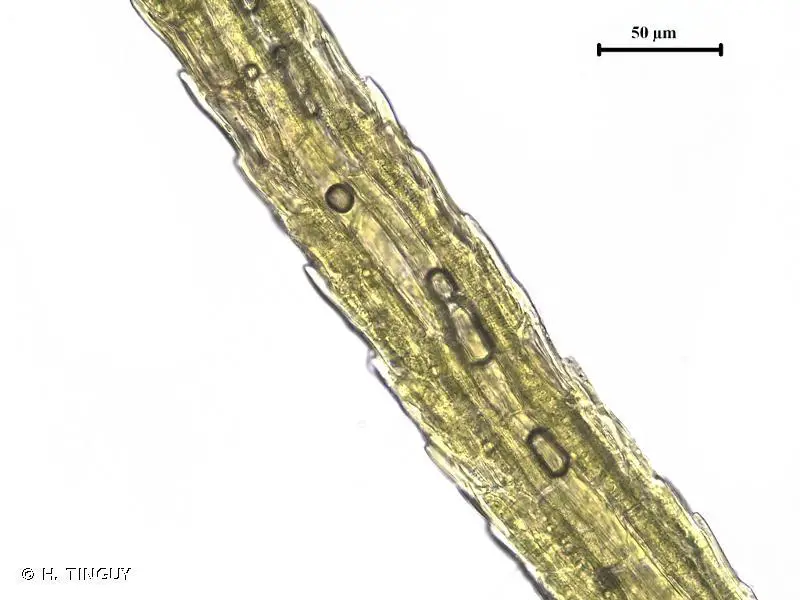
266897.jpg from: https://inpn.mnhn.fr/espece/cd_nom/4788
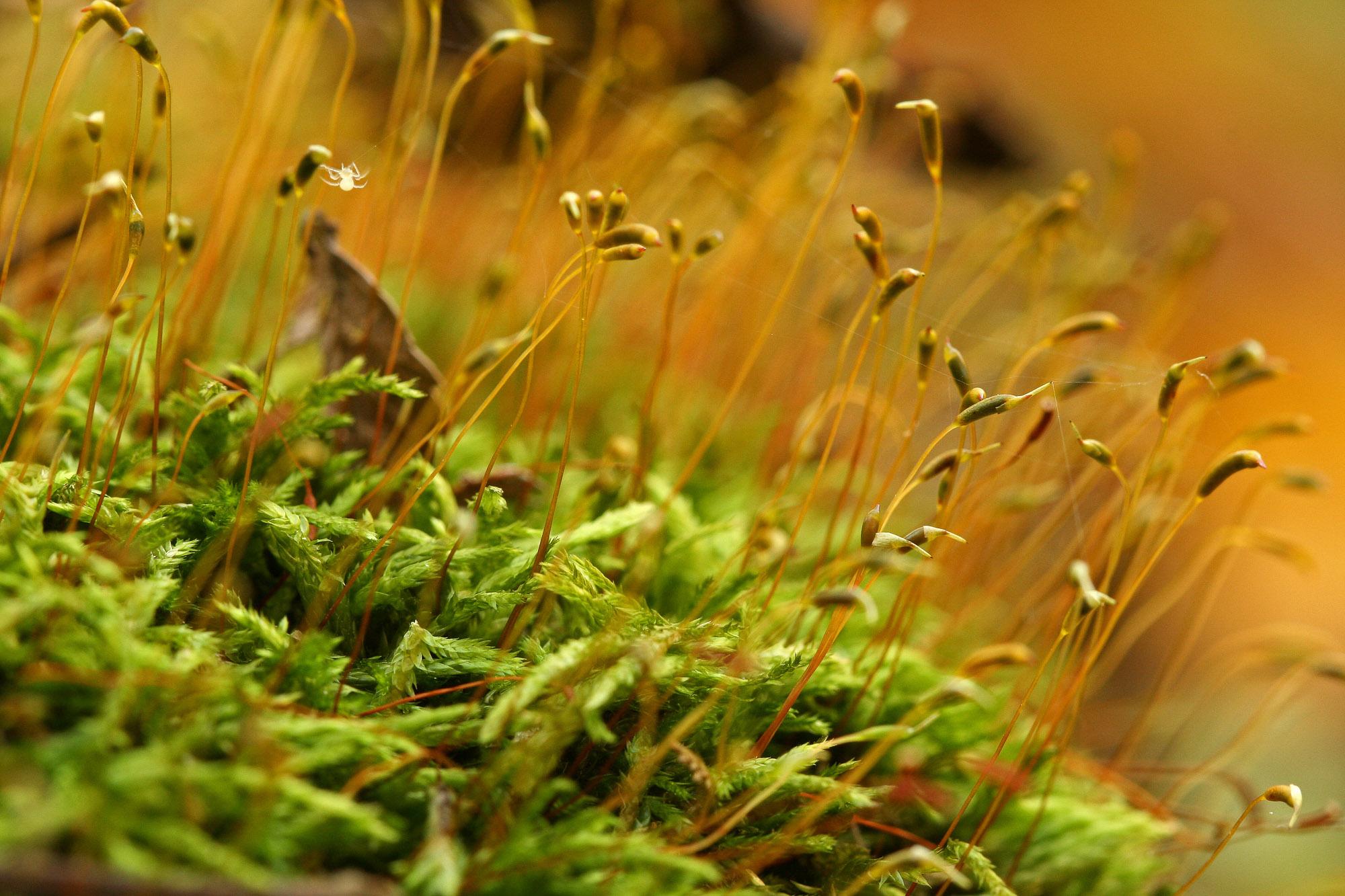
Callicladium-haldanium-6.jpg from: https://ohiomosslichen.org/homomallium-adnatum-2/
Homomallium has adaptations that allow it to thrive in its niche. Its mat-forming growth traps moisture and debris, aiding in its survival during dry periods. The leaf costa helps transport water, while the rhizoids securely attach it to substrates. Spore dispersal enables it to colonize new areas.
Conclusion
From its unique sporophyte structure to its widespread distribution, Homomallium (Schimp.) Loeske is a prime example of the incredible diversity within mosses. This small but tenacious plant plays a vital role in the ecosystems it inhabits. Next time you’re in the woods, take a closer look – you might just spot some Homomallium making its home on a log or tree trunk! What other amazing bryophytes have you encountered?
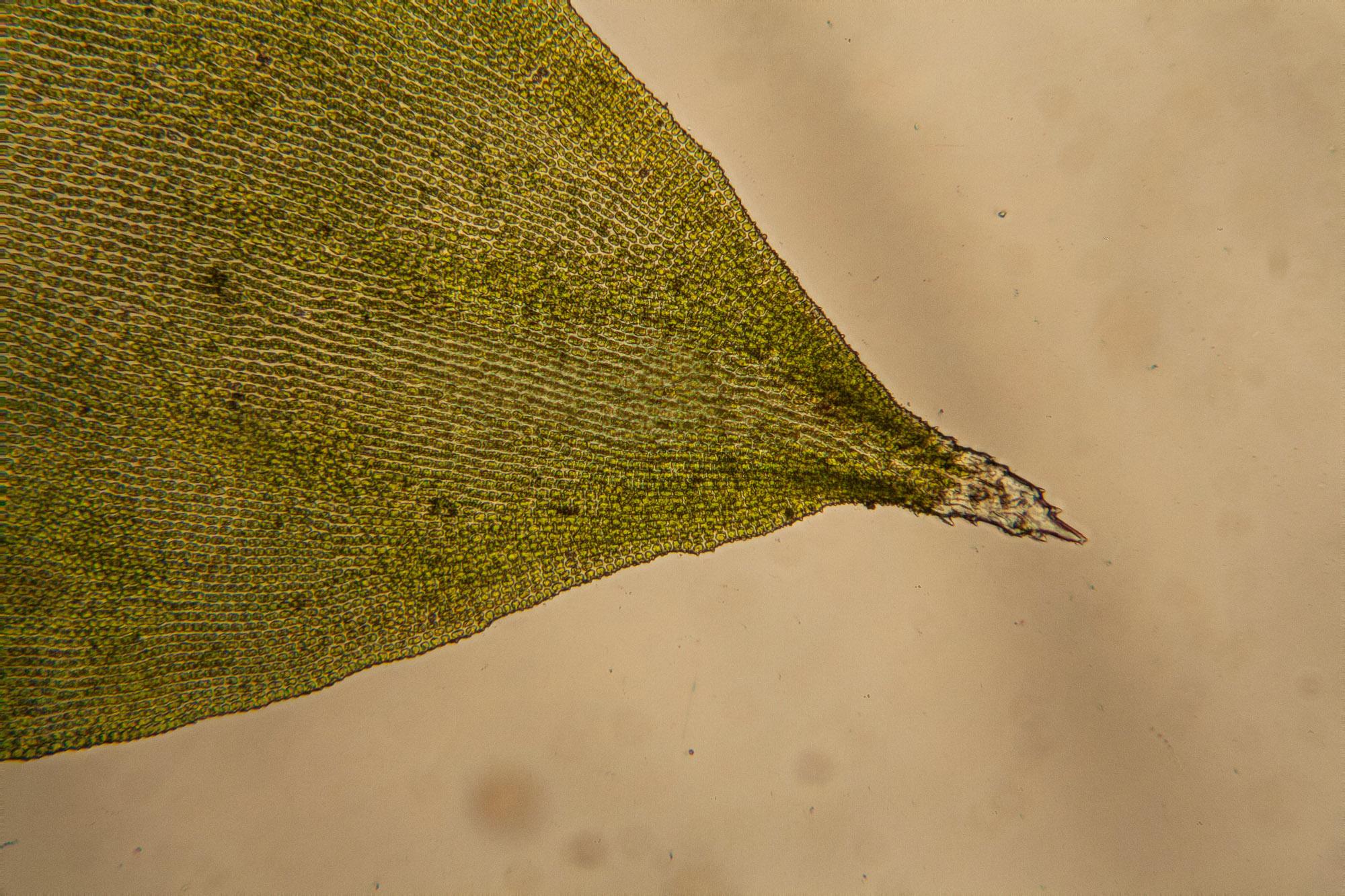
Hedwigia-ciliata.jpg from: https://ohiomosslichen.org/homomallium-adnatum-8/